Past Projects
Take a look at some of the projects we’ve run over the last decade
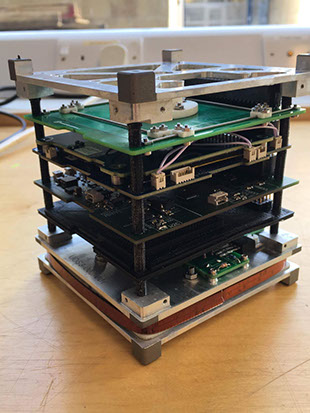
UoS3 CubeSat
The UoS3 CubeSat aims to improve understanding of space debris re-entry by recording its orbit decay as it returns to Earth.
The ground station for this satellite continues to be maintained by our society.
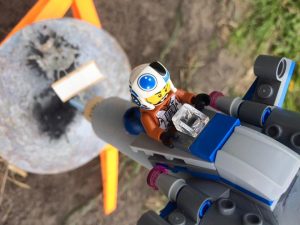
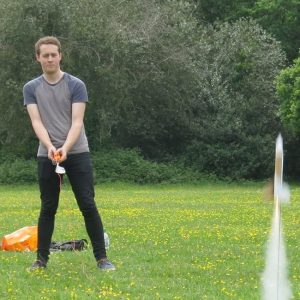
Model Rocket Outreach
Model rockets are one of our most interactive outreach activities. We bring all the required supplies to local schools, offer students the chance to design their own fuselage and launch rockets on site.
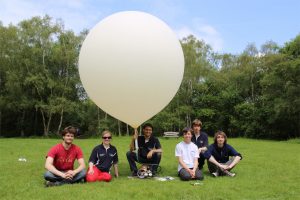
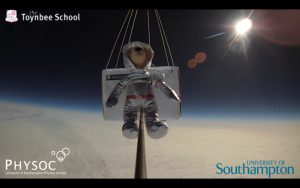
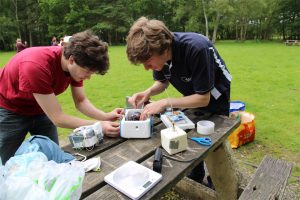
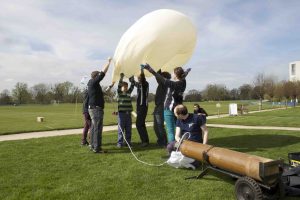
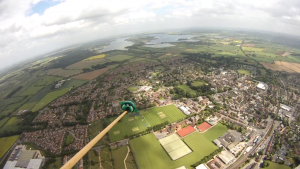
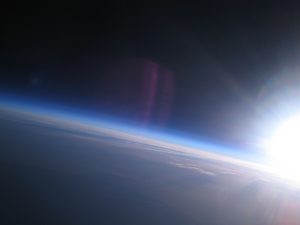
High Altitude Balloon Launches
Another highly sought-after outreach activity, we have coordinated weather balloon launches with school STEM clubs. Students can design their own payloads to be launched into the upper atmosphere.
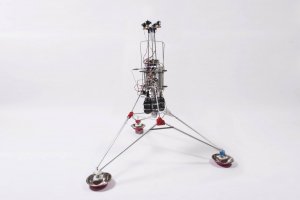
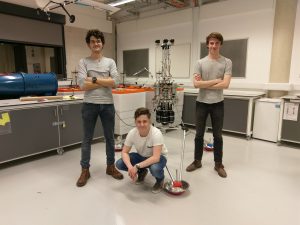
Lunar Hopper
The lunar hopper was built to investigate an alternative method of traversing the surface of the moon: short engine firings that lift the frame above the surface, as though hopping.
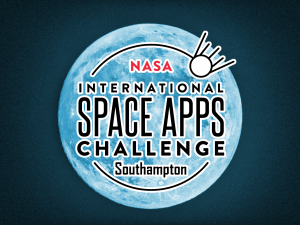
NASA Space Apps Challenge
In 2020, we hosted the Southampton NASA Space Apps event, supporting local participants throughout the Hackathon and offering prizes to the winning teams.
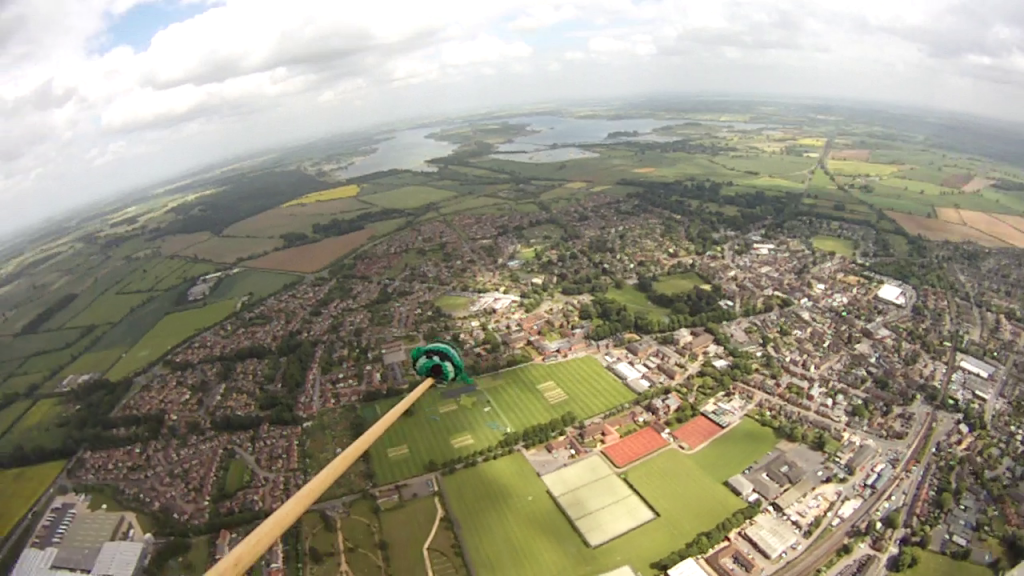
Weather Balloon
This project will include designing the probe, prototyping with electronics, building the probe and testing it. The launched balloon will collect data from multiple sensors as well as a camera to record the flight and incredible views at 30km altitude.
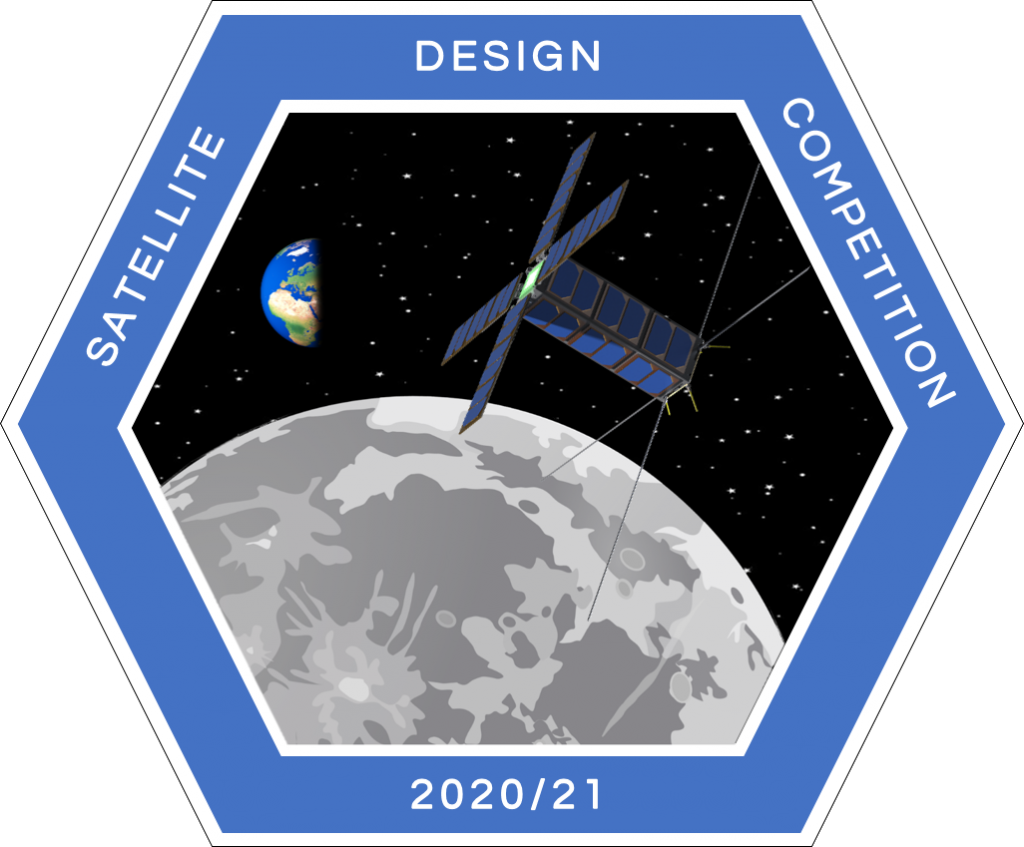
Satellite Design Competition
This UKSEDS competition focuses on the payload development for a satellite designed to identify and study points of interest in the lunar environment. The majority of the competition focuses on systems engineering and design, with teams assessed on Preliminary and Critical Design Reports. Teams who pass this threshold begin prototyping and test their satellite at the competition by suspending it from the ceiling and spinning it in a room filled with simulated points of interest.
Stabilised Platform
The stabilised platform has been a long-standing project within SUSF. The objective is to create a balloon-based platform that uses reaction wheels (and some passive features) to stabilise a camera to take high quality photos from the edge of space. Payloads on high-altitude balloons (aka weather balloons) are typically suspended from a cable below the balloon. This cable can easily twist during flight, causing the payload to spin – making in-flight photography much more challenging. The stabilised platform aims to confront this issue using a gyroscopically stabilised frame on which a camera is mounted. This will facilitate high-altitude astrophotography for capturing images of objects like the Milky Way. Thus far we have completed construction of the platform and have been biding our time until it is feasible to launch.
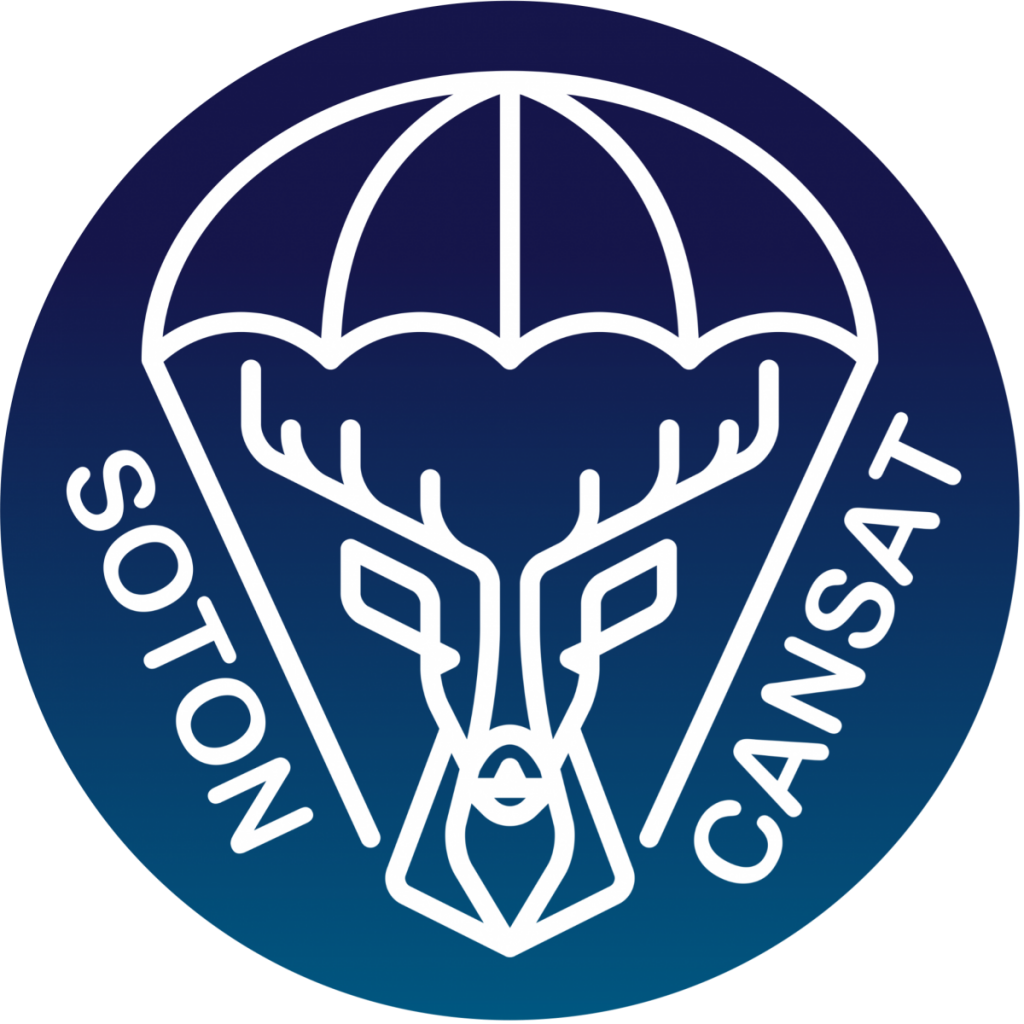
Soton CanSat
In 2021 the University of Southampton took part in two national CanSat Competitions. During CanSat competitions can-sized satellites with sensors are launched within a small rocket into the lower atmosphere to perform specified tasks. The team secured first place in the UK University CanSat competitions and received the Safety Champions Award in the Mach-21 Competition. In 2022 the team competed in the prestigious AAS CanSat Competition against over 100 international teams: http://cansatcompetition.com
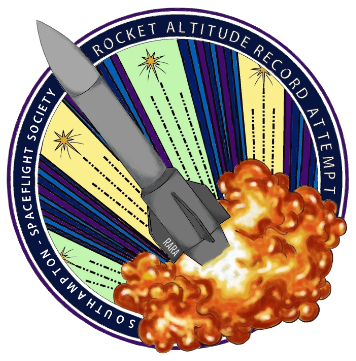
Rocket Altitude Record Attempt
The aim of this project was to construct a rocket capable of beating the UK altitude record for the motor class F, 40 – 80 Ns.
On the 6th June, 2021, the team succeeding in setting a new record of 5663 feet.
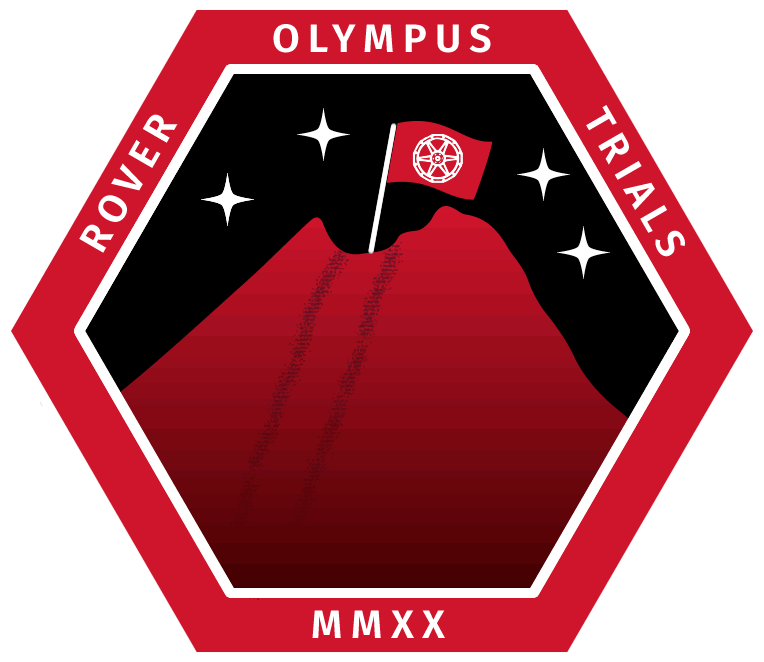
The Olympus Rover Trials
The Olympus Rover Trials is a UKSEDS competition to design and test Sample Fetch Mars rovers. This involves manufacturing the chassis, drive, remote control and sample collection systems. On the competition day, rovers undergo vibration testing and compete to collect sample canisters across simulated Martian terrain. Our team recently received Overall 1st place at the 2019-20 national competition, as well as Best CDR, Mission Plan and Presentation.

Lunar CubeSat Project
We designed a lunar CubeSat concept and made a TableSat to test out this concept.

Liquid Rocket
We aim to design, manufacture and test a liquid rocket engine with the performance necessary to propel a small rocket past the Karman line. With tasks split among three teams; the Design Team, Manufacturing Team and the Test and Evaluation Team, we will spend the year producing and integrating all of the components necessary to make a working liquid rocket engine. By the end of the year the goal is to test fire the engine successfully and collect data to be used for future development.

International Collaboration Project
The International Collaboration Project is part of the University’s international program. In this project, students in the Malaysia branch of the University and SUSF work under the supervision of the UK HQ of SUSF on similar projects, thus endorsing the idea of “Engineering without Borders”. In 2021/22, a second ground station (besides the one at Highfield, Southampton), is going to be constructed which can cater to the needs of low earth, polar, geostationary, and deep space missions.

In-Orbit Service & Manufacturing
Space is experiencing a metamorphosis. Once an exclusive playing ground for national space agencies and big government contractors, it is now energized by the advent of new players, innovative technologies, and disruptive business models. These advances have unlocked new economic opportunities in a number of emerging markets. One area that is seeing great interest and high potential valuations from industry experts is that of In-Orbit Servicing and Manufacturing. IOSM concepts encompass a plethora of activities across a number of different market verticals and offer direct benefits to several fields, enabling the next generation of space-based services. These activities include, but are not limited to, debris removal, life extension, in-orbit repairing, in-orbit manufacturing (for both space and Earth), space robotics, and asset reallocation.
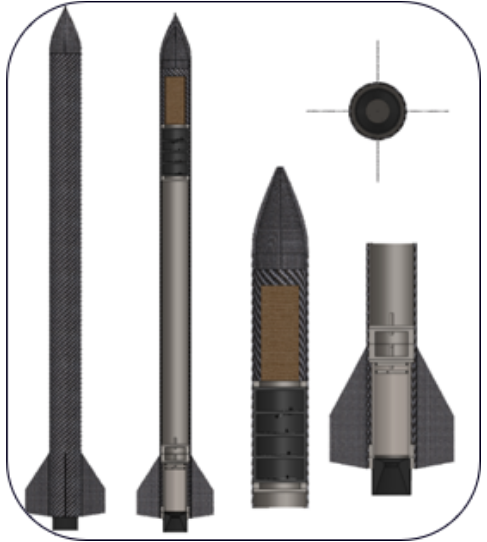
Hybrid Rocket
We aim to design, build and launch a 400 N hybrid rocket. Currently, a scaled-down 40 N prototype is in the testing phase, with plans to design and implement the full rocket by the end of this year. We are planning to compete in the Spaceport America Cup 2022. This is the world’s largest intercollegiate rocket engineering conference and competition, where student teams launch liquid, solid and hybrid rockets at target altitudes ranging from 10000 to 30000 feet.
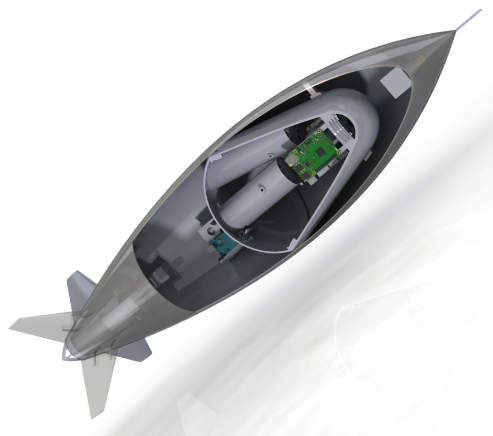
Entry, Descent, and Landing
This project will develop a reliable and safe re-entry system for a range of high-altitude applications. A high-altitude balloon will be used to lift a streamlined fairing into the stratosphere, whereupon the fairing will be released into free fall. Due to the low air density, the fairing will be able to accelerate to transonic speeds. At the desired altitude/velocity, the fairing will split apart releasing the capsule which will collect decent data before deploying a high-speed parachute.
